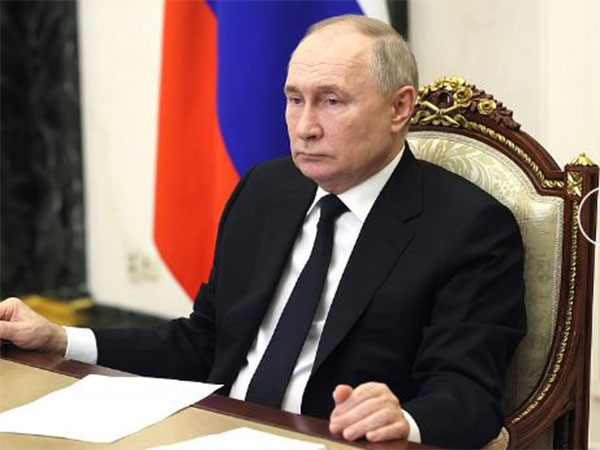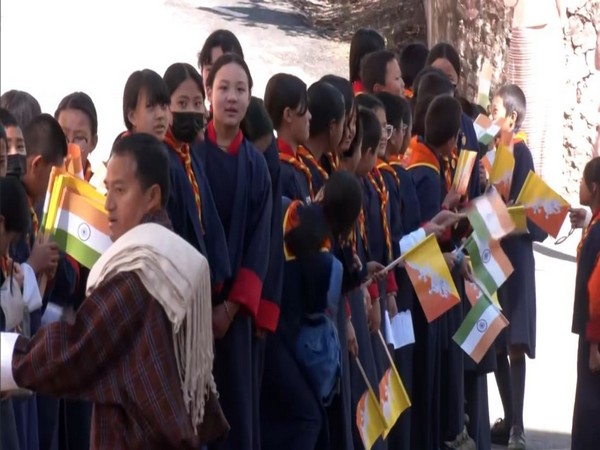
Asia’s militaries hunt for smart buys amid COVID funding crunch

By Gerry Doyle
(Reuters) – Countries throughout Asia are climbing out from under the economic rubble of COVID-19 and looking for cost-effective ways to upgrade their militaries, defence companies said on the sidelines of the Singapore Airshow this week.
On the eve of the show, Indonesia said it would order 42 Dassault Rafale fighter jets in a $8.1 billion deal, making Jakarta the biggest French arms client in the region. Southeast Asia countries in particular will most likely address important – if basic – needs in the next year, said Collin Koh, a research fellow at Singapore’s Institute of Defence and Strategic Studies. “A good number of countries in the region are facing rising debt … that means the spending will very likely be very conservative,” Koh said, adding that many countries were shopping for better or upgraded helicopters. “Rotary wing aircraft, which have many uses, tend to have more support and it is easier politically to acquire them.”
The Philippines announced in January it was buying 32 S-70i Blackhawk helicopters from Sikorsky Aircraft subsidiary PLZ Mielic. Sikorsky is owned by Lockheed Martin. At the airshow, Tim Cahill, Lockheed Martin’s senior vice president for global business, said there was a “growing need for helicopters” in the region. “The Philippines order was a very good one for us; the partnership with the armed forces is really positive for us, and in fact they are ordering more,” he said, declining to discuss specific numbers.
Aircraft used to keep an eye on the huge swathes of ocean that separate many of the countries in Asia, called maritime patrol aircraft (MPA) remain an outstanding need, said Boaz Levy, chief executive officer of Israel Aerospace Industries (IAI). IAI has an MPA partnership with Embraer, and also sells the ELI-3360 MPA. “There are a lot of customers interested – I can’t say what stage or what country,” Levy said. “We have a lot of activities, especially with the airborne radar. There is big demand for such an aircraft and such capabilities.”
MPAs often carry a big price tag, however – an obstacle in a global economy still recovering from the pandemic. The last major MPA deal was the sale of six Boeing P-8A Poseidon aircraft to South Korea in 2018 for nearly $2 billion, and four Poseidons to New Zealand for about $1.6 billion. Unmanned aircraft, or drones, offer a cheaper way to keep tabs on the sea and potential adversaries. Australia is working with Boeing to produce so-called “loyal wingman” drones, which would fly alongside crewed fighter aircraft, a representative said at the airshow.
Drones are also being considered for cargo, with Lockheed Martin recently testing an autonomous UH-60 Blackhawk utility helicopter. Selling such a system has its own challenges, though, Cahill said. “It’s going to be really interesting to see how that plays out,” he said. “Sending out an unmanned aircraft to do a patrol, everyone is OK with that. Then you say it will carry troops … then there’s a comfort level you have to achieve.”
The proliferation of ballistic missiles and long-range artillery rockets in the region has driven interest in improved air-defence systems, both Cahill and Koh said. But Koh cautioned that such upgrades were costly and not always seen as urgent. “There will be interest in long-range (air defence) going forward in terms of upgrading,” he said. “But given the funding environment… governments will by and large be satisfied with their short-range and medium-range air defence systems.”

















POST COMMENTS (0)